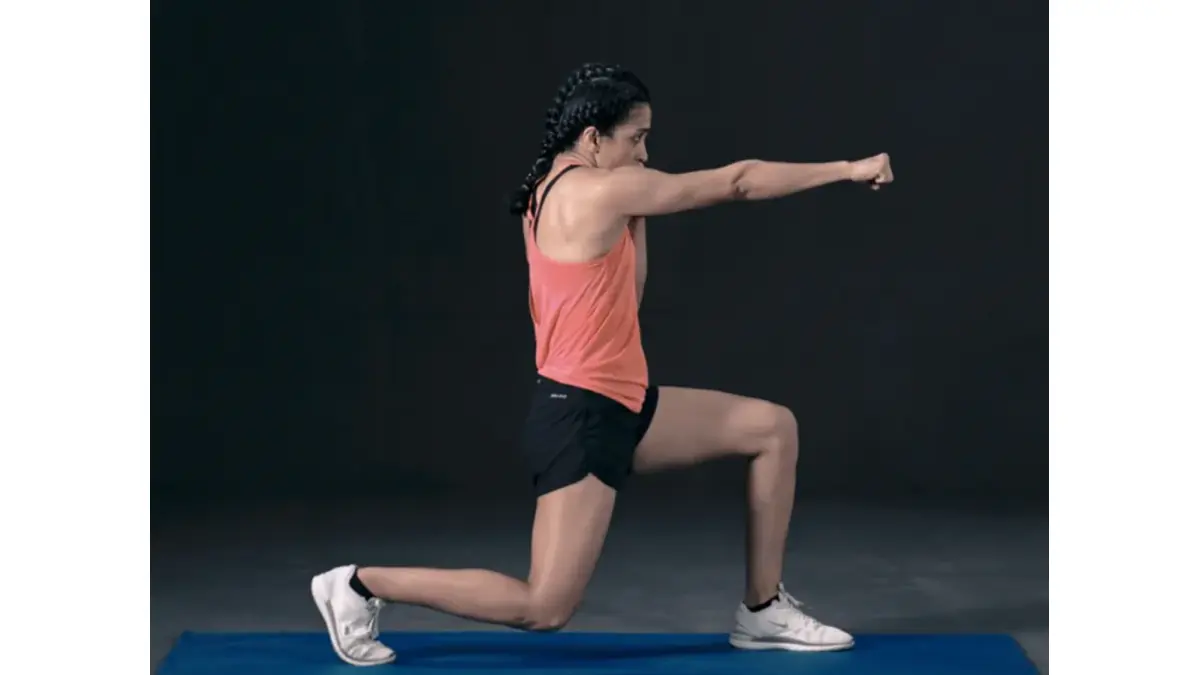Introduction
Back muscles are vital for overall physical health and functionality. They support the spine, enable a wide range of movements, and contribute to good posture. Understanding the anatomy and function of back muscles can enhance your fitness routine and improve daily life. This guide delves into the different types of Back Muscle for Short nyt, their roles, and how to strengthen them for optimal health.
Anatomy of the Back Muscles
The back is divided into several muscle groups, each serving a unique purpose. Key back muscles include:
- Latissimus Dorsi
- Location: This muscle spans the width of your back and attaches to the humerus (upper arm bone).
- Function: It helps with arm movements such as pulling and lifting and supports movements like reaching overhead.
- Trapezius
- Location: This muscle forms a diamond shape from the base of your skull to your mid-back and out to the shoulder blades.
- Function: It is crucial for stabilizing the shoulder blades and enabling shoulder movements, including shrugging and rotating.
- Rhomboids
- Location: Situated between the shoulder blades and the spine.
- Function: These muscles retract the shoulder blades and play a role in maintaining good posture.
- Erector Spinae
- Location: Running along the spine from the sacrum to the base of the skull.
- Function: This group of muscles helps maintain an upright posture and supports spine extension.
- Rhomboid Major and Minor
- Location: Located between the spine and the shoulder blades.
- Function: They are responsible for retracting the scapula and aiding in shoulder blade movements.
Importance of Back Muscle for Short nyt
Back muscles are essential for various reasons:
- Posture: Strong back muscles help maintain an upright posture, reducing the risk of slouching and associated pain.
- Movement: These muscles are involved in nearly all upper body movements, including lifting, twisting, and reaching.
- Injury Prevention: A strong back can help prevent injuries by stabilizing the spine and distributing loads more effectively.
Common Back Muscle Issues
Several issues can affect the back muscles, including:
- Muscle Strains: Overuse or sudden movements can lead to strains.
- Postural Problems: Poor posture can weaken back muscles and lead to pain.
- Herniated Discs: Discs between vertebrae can herniate, causing pain and affecting muscle function.
Exercises to Strengthen Back Muscles
Incorporating specific exercises into your routine can strengthen back muscles and improve overall fitness. Here are some effective exercises: Back Muscle for Short nyt.
- Pull-Ups
- How-To: Hang from a bar with your palms facing away and pull your body up until your chin is above the bar. Lower yourself slowly.
- Benefits: Targets the latissimus dorsi, biceps, and trapezius.
- Bent-Over Rows
- How-To: Bend at the waist with a slight knee bend, hold weights with an overhand grip, and pull the weights toward your torso.
- Benefits: Strengthens the rhomboids, latissimus dorsi, and trapezius.
- Deadlifts
- How-To: Stand with feet hip-width apart, bend at the hips and knees, and lift weights while keeping your back straight.
- Benefits: Engages the entire back, including the erector spine and latissimus dorsi.
- Lat Pulldowns
- How-To: Sit at a machine with a wide grip, pull the bar down to your chest, and slowly release.
- Benefits: Focuses on the latissimus dorsi and helps improve shoulder strength.
- Face Pulls
- How-To: Use a cable machine with a rope attachment, pull the rope towards your face, and squeeze your shoulder blades together.
- Benefits: Strengthens the rear deltoids and rhomboids, improving shoulder stability.
Stretching and Flexibility
In addition to strengthening exercises, stretching is crucial for maintaining flexibility and reducing muscle tension. Effective stretches include:
- Child’s Pose
- How-To: Kneel on the floor, extend your arms forward, and sit back on your heels.
- Benefits: Stretches the lower back and helps alleviate tension.
- Cat-Cow Stretch
- How-To: On all fours, alternate between arching your back (cat) and dipping it down (cow).
- Benefits: Increases flexibility in the spine and warms up the back muscles.
- Thoracic Extension
- How-To: Sit or stand with your hands behind your head and gently arch your upper back.
- Benefits: Opens up the chest and improves upper back mobility.
Tips for a Healthy Back
To maintain a healthy back, consider these tips:
- Ergonomics: Ensure your workspace is ergonomically designed to support proper posture.
- Regular Exercise: Incorporate both strength training and flexibility exercises into your routine.
- Proper Lifting Techniques: Bend at the knees, not the waist, and keep your back straight when lifting heavy objects.
- Balanced Diet: Maintain a diet rich in nutrients that support muscle health, including proteins and calcium.
Conclusion
Back muscles play a crucial role in supporting your body and enabling a wide range of movements. By understanding their anatomy and function and incorporating appropriate exercises and stretches, you can enhance your overall health and fitness. Prioritize back muscle health to prevent issues, improve posture, and enjoy a more active and pain-free lifestyle. Vintage Ceramic Christmas Tree
